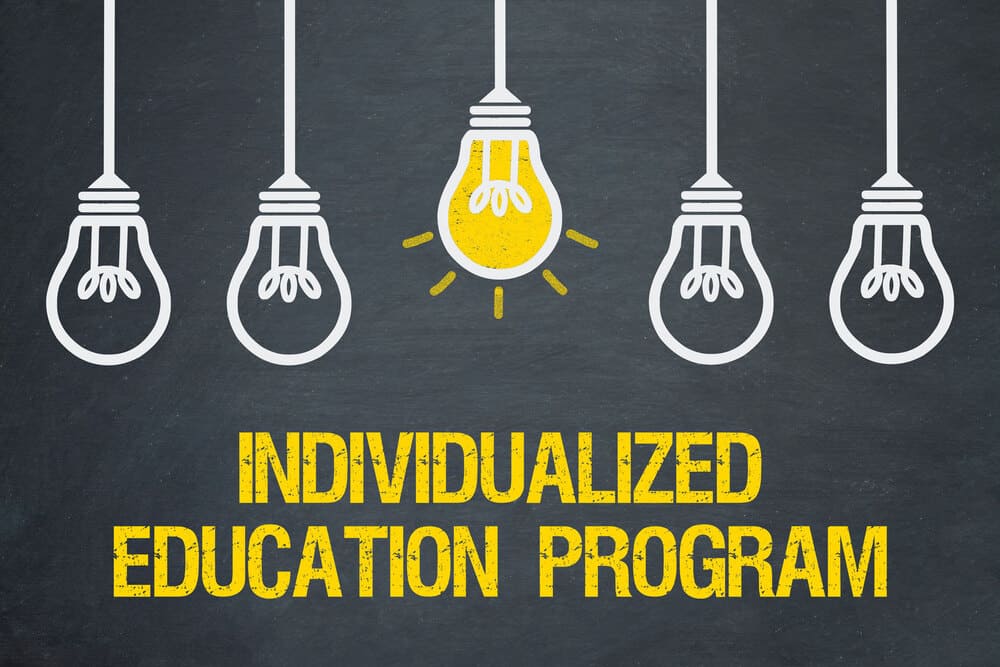
IEP Compared to 504 Plan – Important Things to Know
When you have a child with a developmental disability, the lingo can seem very confusing and overwhelming at times. Depending on your child’s diagnosis, they may qualify to receive either a 504 Plan or an Individualized Education Plan (IEP).
Understanding the Differences
A 504 Plan refers to Section 504 of the Rehabilitation Act and the Americans with Disabilities Act, which specifies that no one with a disability can be excluded from participating in federally funded programs or activities, including elementary, secondary or post-secondary schooling.
A 504 Plan specifies modifications and accommodations that will be needed for students to have an opportunity to perform at the same level as their peers. The plan may include learning aids such as an extra set of textbooks or an audio recorder for taking notes.
An Individualized Education Plan (IEP) specifies special education services your child will receive and why. It will include your child’s classification, placement, services (one-on-one aide, therapies, etc.), academic and behavioral goals, a behavior plan if needed, percentage of time in regular education, and progress reports from teachers and therapists.
The difference between a 504 Plan and an IEP is that a 504 Plan, which falls under civil-rights law, is an attempt to remove barriers and allow students with disabilities to participate freely. The 504 Plan seeks to level the playing field so that those students can safely pursue the same opportunities as their peers.
An IEP, which falls under the Individuals with Disabilities Education Act (IDEA), is much more concerned with providing educational services and they generally require more than a level playing field; these students may require significant remediation and assistance and are more likely to work on their own level at their own pace even in an inclusive classroom.
Only certain classifications of disability are eligible for an IEP. Students who do not meet those classifications but still require some assistance to be able to participate fully in school would be candidates for a 504 Plan.
It is very important to note that only public schools are required to provide these types of services. Part of your decision after receiving a diagnosis may be deciding which type of school your child will attend. The process can seem overwhelming but understanding what is available when your child reaches that milestone will ease the transition and offer you better insight.
We would love to meet you and your little one and help them move mountains! Contact us today to learn more or read more of our articles here on our blog.

